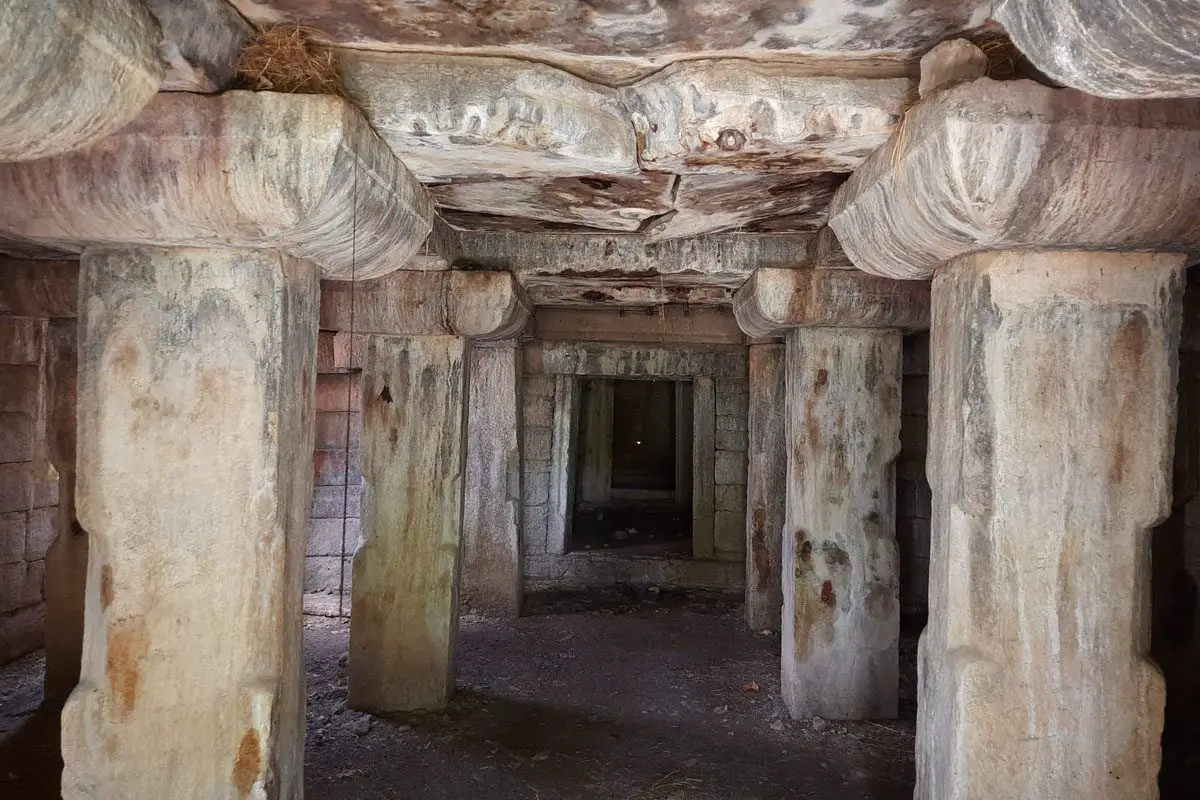Archaeologists from the Public Research Institute of History, Archaeology, and Heritage (PRIHAH) have announced the discovery of two temples dating from the Badami Chalukya era.
Badami Chalukya was the foremost period of the Chalukya dynasty, a Hindu family lineage that ruled large parts of southern and central India between the 6th and the 12th centuries AD.
The Badami Chalukyas started asserting their independence as the Kadamba kingdom of Banavasi declined, swiftly rising to prominence under the rule of Pulakeshin II, also known as Immadi Pulakeshi.
The temples were found along the banks of the Krishna River near the village of Mudimanikyam, located in Nalgonda district in India’s southern state of Telangana.
According to PRIHAH, both temples have been discovered in excellent preservation and date from between AD 543 to 750. They exhibit the Kadamba nagara style of architecture, with a pyramid shaped shikara with rising steps, topped by a pinnacle kalasha.

Notably, the monuments also integrate features of Rekha nagara architecture, characterised by a typical northern Indian shikhara with a slightly curved tower having four sides of equal length.
In one temple, researchers discovered a panavattam still in place within the sanctum sanctorum. However, the lingam, an abstract or aniconic representation of the Hindu god Shiva, was missing. In another temple, there lies an idol in dedication to the god Vishnu, also known as Narayana and Hari, one of the principal deities of Hinduism.
Archaeologists also found an inscription on a pillar dating to the 8th or 9th century AD which reads “Gandaloranru”. Although the precise meaning of the inscription is uncertain, considering that the initial two letters ‘Ganda’ in Kannada signify ‘hero,’ it’s plausible that this could denote the title of a hero.
Header Image Credit : PRIHAH
Sources : PRIHAH





